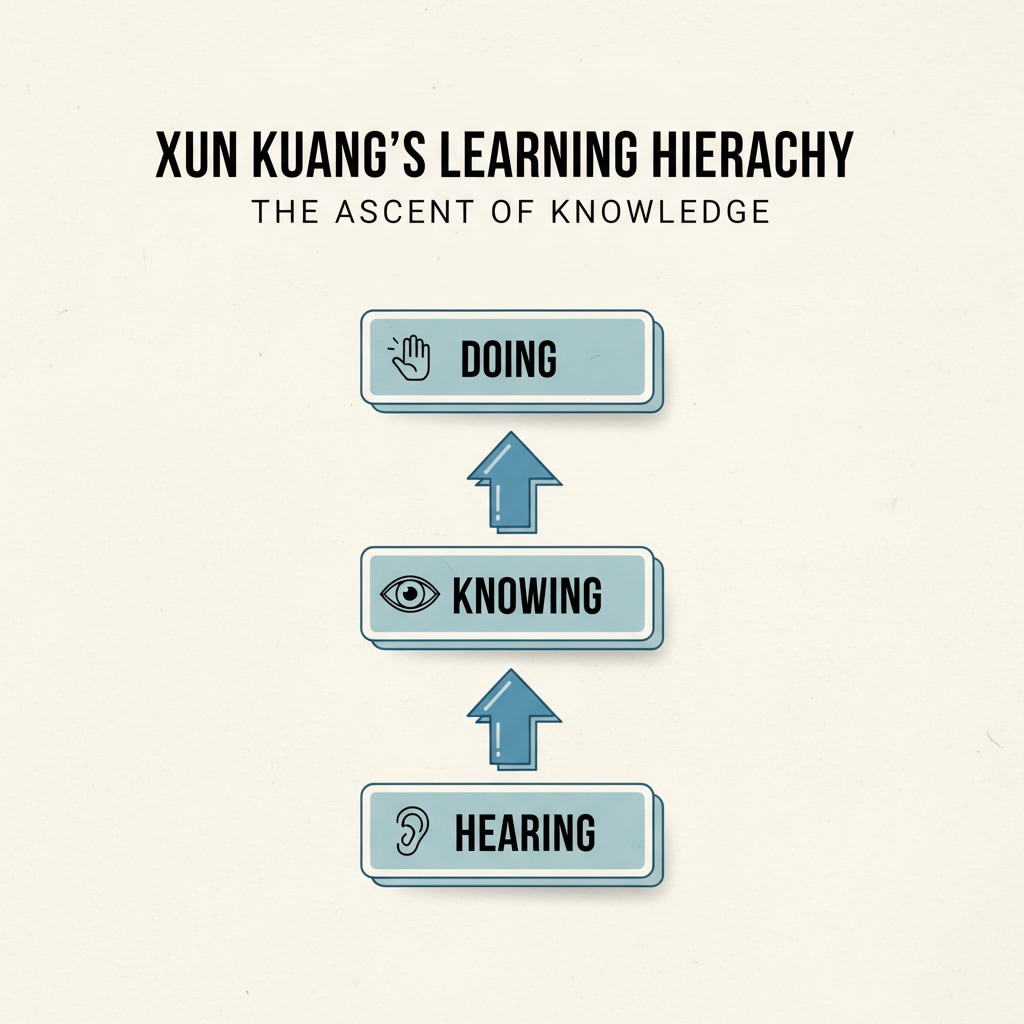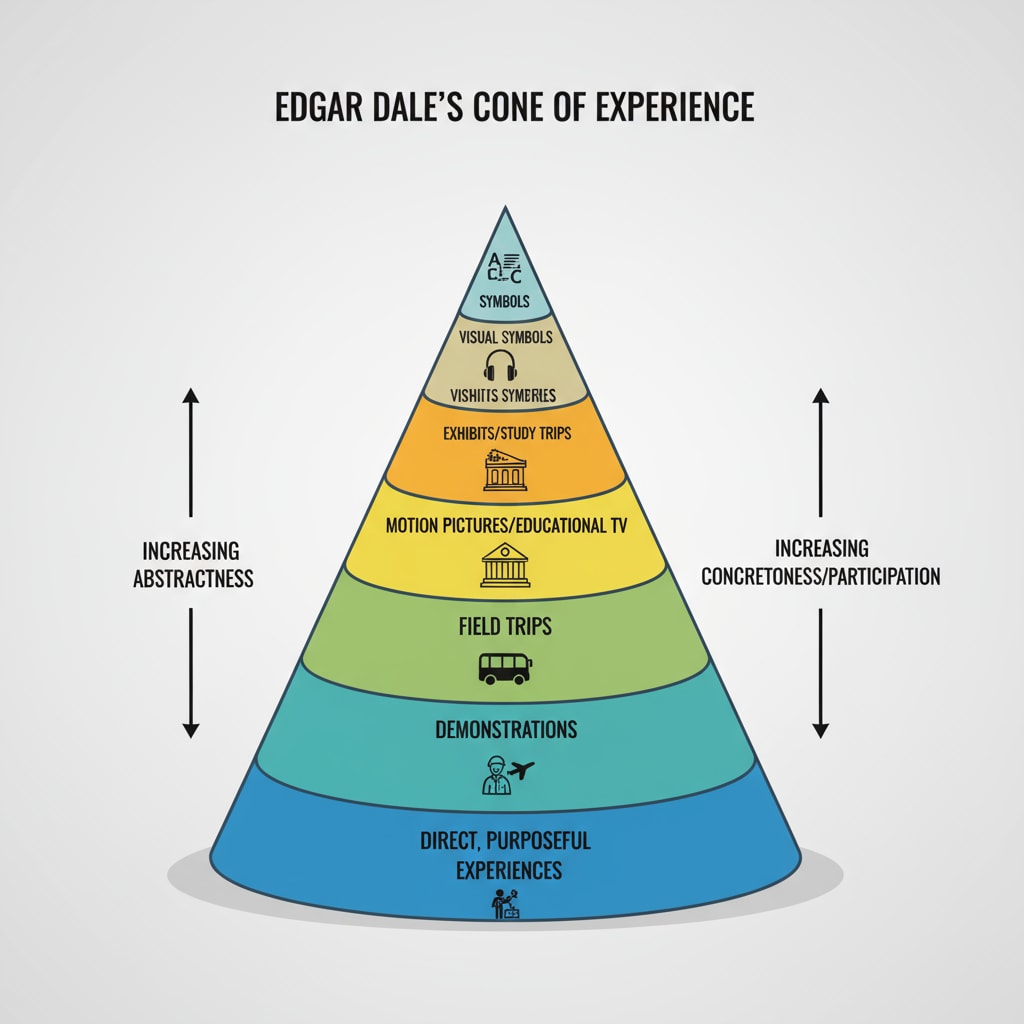Learning theories, the cone of experience, hands-on learning, and Xun Kuang have long been integral parts of educational discussions. Throughout history, educators and philosophers have sought to understand the most effective ways for students to acquire knowledge. From ancient wisdom to modern educational models, the concept of practical experience has emerged as a cornerstone for deep learning, especially in the K12 context.
The Ancient Wisdom of Xun Kuang
Xun Kuang, an influential Confucian philosopher in ancient China, proposed a learning hierarchy of “Hearing, Seeing, Knowing, Doing”. Hearing is the initial stage, where students receive information passively. Seeing goes a step further, as visual input often enhances understanding. Knowing is the process of internalizing knowledge, and Doing is the ultimate goal. By putting knowledge into practice, students can truly master what they have learned. This ancient theory laid the foundation for the importance of practical experience in learning. Learn more about Xun Kuang on Wikipedia

The Modern Twist: Edgar Dale’s Cone of Experience
Fast forward to modern times, Edgar Dale introduced the “Cone of Experience” in the 1940s. This visual model categorizes learning experiences based on their degree of abstraction. At the base of the cone are the most concrete experiences, such as direct purposeful experiences and contrived experiences. As one moves up the cone, the experiences become more abstract, like verbal symbols at the top. Dale’s theory emphasizes that the more concrete the experience, the more effectively students learn and remember. Read about the Cone of Experience on Britannica

The significance of these theories in K12 education cannot be overstated. In a traditional classroom setting, students often rely heavily on verbal and visual information, which are relatively abstract forms of learning according to Dale’s cone. However, incorporating practical experiences can bridge the gap between theory and application. For example, in science classes, conducting experiments allows students to have direct purposeful experiences, which are at the base of the cone. This hands-on approach not only makes learning more engaging but also helps students better understand complex concepts.
One innovative way to incorporate practical experiences in K12 education is through the use of VR technology. VR creates immersive environments that engage multiple senses simultaneously. Students can explore historical events, travel to far-off places, or interact with scientific phenomena in a virtual setting. This multi-sensory participation aligns with the principles of both Xun Kuang’s and Dale’s theories, as it combines seeing, knowing, and doing in a virtual yet highly impactful way.
In conclusion, whether it’s the ancient wisdom of Xun Kuang or the modern insights of Edgar Dale, the importance of practical experience in K12 learning is clear. By integrating hands-on activities and immersive technologies, educators can create a more effective learning environment that fosters deep understanding and knowledge retention. As we continue to explore new educational methods, let’s not forget the valuable lessons from the past and the power of practical experiences.
Readability guidance: The article uses short paragraphs to convey ideas clearly. Each main section provides key points related to the learning theories. The use of active voice is prioritized, and transition words like “however”, “for example”, and “in conclusion” are used to enhance the flow. Lists could be further incorporated in future expansions to better organize information.


